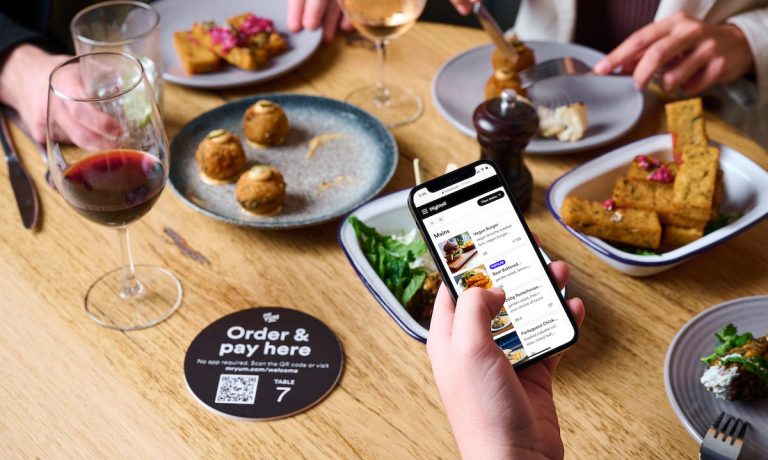Australian Mr. Yum Savors Historic $89M Series A

The mobile ordering and payments startup Mr. Yum has raised $89 million in a Series A funding round, which the Australian company says is a milestone for two reasons.
First, it’s the third largest Series A in the country’s history. Secondly, it’s the biggest series A ever for a female-led company in Australia.
Led by Tiger Global, the funding will accelerate Mr. Yum’s plans to grow in Australia, the U.S. and the U.K., add to its team and invest in product innovation, the company said in an announcement published on its website Wednesday (Dec. 1).
The Series A follows the company’s post-seed round in April, bringing its total funding to more than $100 million.
Kim Teo, Mr. Yum’s co-founder and CEO, said the funding will help the company “cement the post-pandemic recovery and trajectory” of the hospitality and entertainment sectors.
“We couldn’t be more excited about the new partners that have joined our crusade,” said Teo.
“Restaurants, hospitality and entertainment venues are embracing technology more than ever, and our focus is building best-in-class tools to help them grow,” she said.
This year has seen Mr. Yum launch in both the U.S. and the U.K., showcasing the company’s services at high-profile events such as the Henley Regatta and Taste of London in the U.K. and Strings of Life in Los Angeles.
The company also added its technology to airports in Sydney and Perth, Australia, and announced a partnership with the buy now, pay later company Afterpay.
There are now more than 1500 venues around the world using Mr. Yum, which has 13 million users. In the last year, 44% of Australians have used the platform.
Read more: With Delta Variant, Restaurant Customers Shift to Own-Device Ordering
This growth came at a time when people were embracing mobile ordering as a way to keep safe during the pandemic.
“You do see a bit of a shift toward bring-your-own-device-type activities,” Nat Trienens, founder and CEO of digital ordering solutions provider Koala, told PYMNTS in an interview in August.
“There’s a little bit of a hesitancy to engage with either a human behind the counter or a shared digital device like a kiosk, with COVID being where it’s at and remaining where it’s at,” he said.